

The multiple benefits of innovative design
by Becky Donner, VP New Business Development, TricorBraun
From its very beginnings, in the days of the wineskin, the woven basket and the clay pot, the primary purpose of packaging has been to protect its contents and make them easily portable and safely storable. That primary purpose has continued to be important through the history of packaging to this day.
Regulatory agencies are concerned about the safety of packaged foods and pharmaceuticals. There are pressures to make packaging materials recyclable and sustainable. Consumers demand packaging that is convenient to open and use. Retailers want no leakers and maximum shelf space utilization.
But these external pressures are secondary. In the final analysis, if the product is not protected, the manufacturer has nothing to sell.
The evolution of package design
As civilization has evolved over the centuries, packaging has grown with it, from the early appearance of prepackaged foods such as boxed cereals and canned soups to today’s myriad of packaged products that fill giant stores to overflowing. And along the way, the packaging for those new products took on another role in addition to protecting its contents: branding.
That branding role led to the rise of new concepts—shelf presence, brand image, and retail positioning—and a new career—package design.
At the same time, products were also evolving, more manufacturers were entering commerce, and all manufacturers faced growing competition. The key to competing successfully in a crowded marketplace seemed to be to keep changing products to make them new and gain more of consumers’ attention. But that was an expensive process, and there was a limit to how much products could be changed.
The solution brand owners came up with was not to change the product but to change the packaging. Even popular and well-established products, from Coca-Cola® to Procter & Gamble’s Old Spice® aftershave, adopted new package designs to fend off competitors by injecting new shelf presence into traditional products..
In the last half of the 20th century, the life of the shopping consumer was becoming increasingly crowded with activities, the shelf-appeal “moment of truth” was becoming shorter and the competition for attention was intensifying. Product branding through packaging was booming, and innovation in package design was thought of almost exclusively as the creation of dynamic, eye-catching packaging with strong shelf presence.
But packaging professionals knew even then that, while an eye-catching package often creates a dramatic burst of initial sales, the true test of packaging success is in the repeat sale. Successful long product life results from careful research and planning that leads to both dramatic shelf presence and consumer satisfaction on multiple levels. They also know that, if a package cannot be cost-effectively manufactured, filled and distributed, it will never be truly successful.
That recognition led to the more mature concept of innovative package design, one that takes into account the entire life cycle of the package and its relation to its contents.
At the same time, some packaging distributors such as TricorBraun, who were deeply involved in developing new packages, began to step beyond their traditional role and take more control of the design of the packages they were developing for customers. Leveraging the expertise of all the vendors involved in the development of a package, for example, from mold makers to materials and component manufacturers, while maintaining central control of the process, made it possible to apply the new innovative design approach to the development of packaging.
In TricorBraun's case, this was done by establishing the Design and Innovation Center.
The multiple benefits of innovative design
Given this history, what is the value of innovative package design? What does it add to a packaged product and what does it bring to the brand owner? There are three distinct benefits that innovative design brings to products and to their brand owners:
- The heightened shelf presence of well-designed, innovative packaging sells product
- Innovative packaging design lets brand owners refresh packaging to give products new impact without the expense of changing the product itself
- Innovative design projects an image of creativity for the brand owner.
Every brand owner wants to sell more products and to inject new life into existing products without the expense of changing the products. Some brand owners, however, have yet to appreciate the value of simply projecting an aura of creativity through its packaging that reflects on its products and on its image as a brand. One company that does so is the hello™ Brand (case study coming soon), which uses innovative package design not only to enhance the shelf presence of its products to increase sales, but also to project the brand image of a company creatively altering the way consumers look at oral care products.
The long-term value of that image is that consumers will be anticipating that future hello products will have a similarly unique approach to personal care. That gives hello a marketplace advantage before that next product has even hit the shelf.



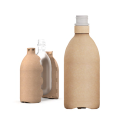
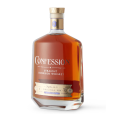
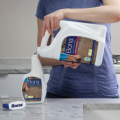
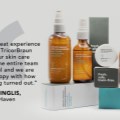
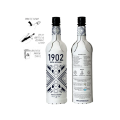
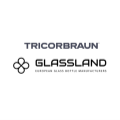
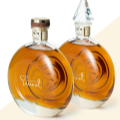
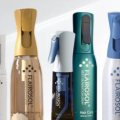

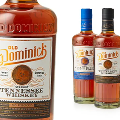


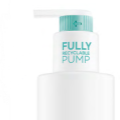
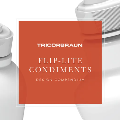
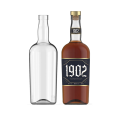
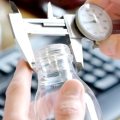
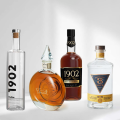
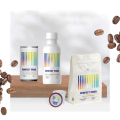
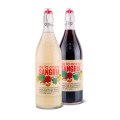
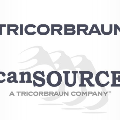
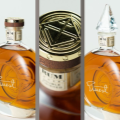



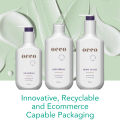
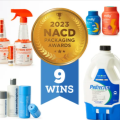
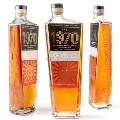
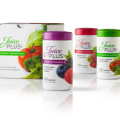
.jpg)
.jpg)
.jpg)
.jpg)











